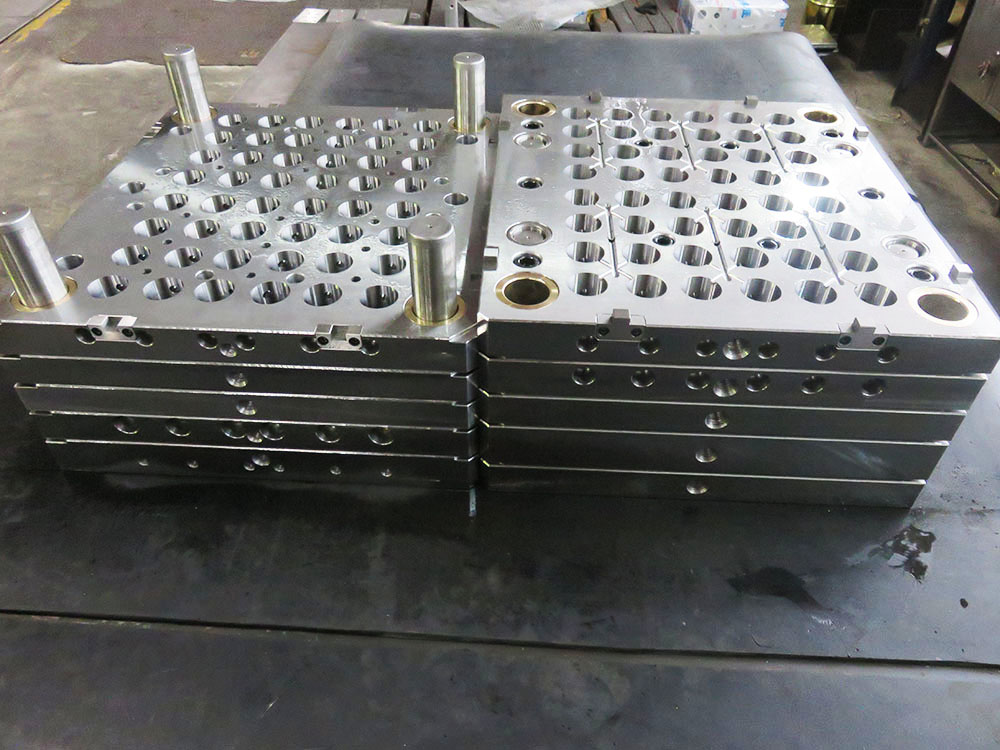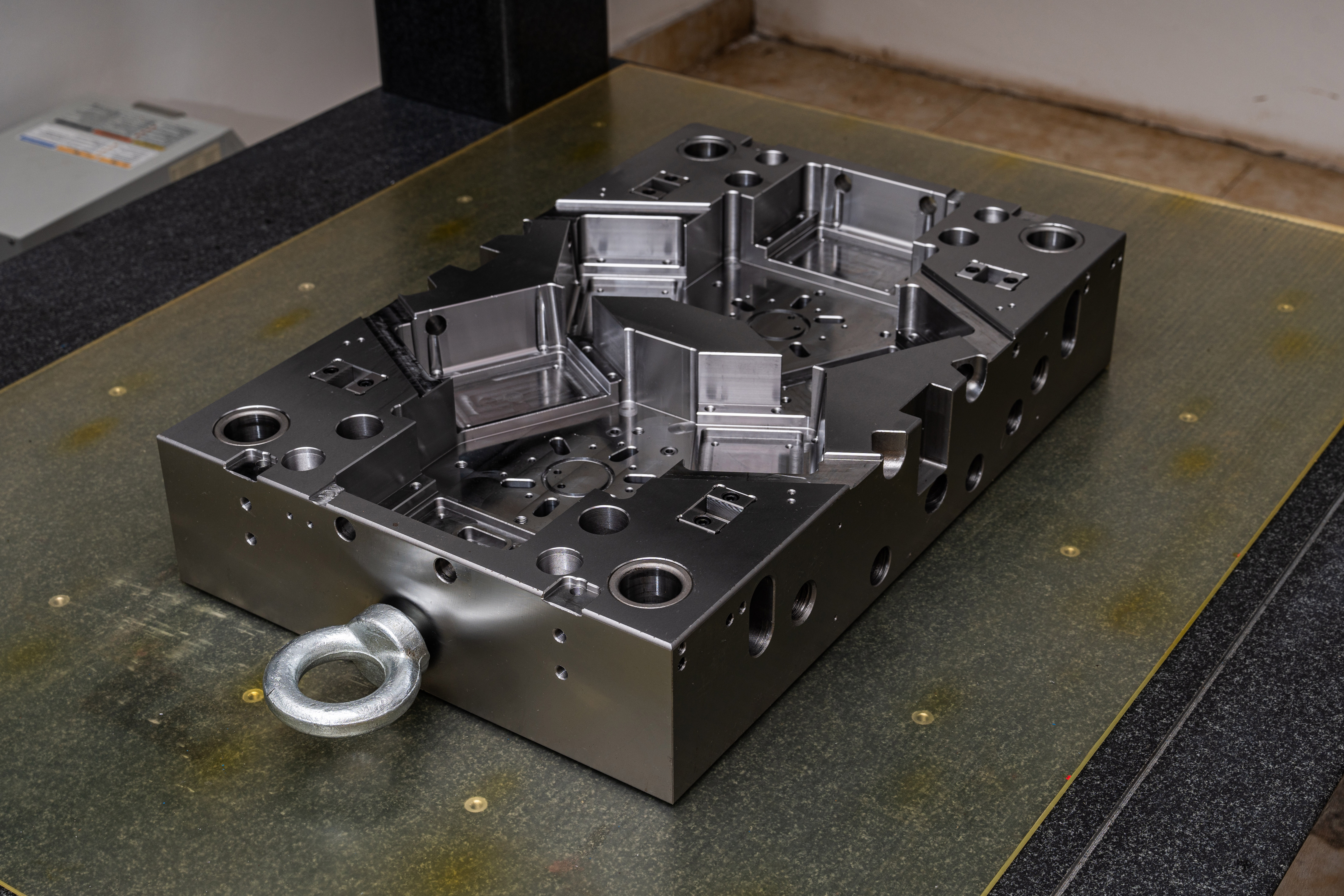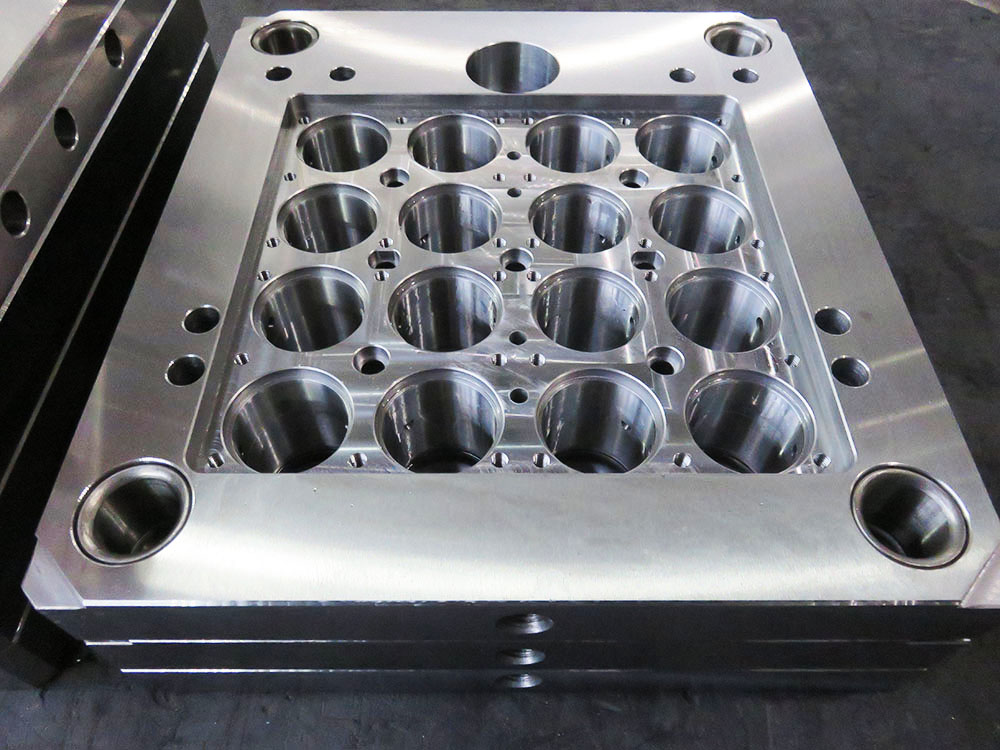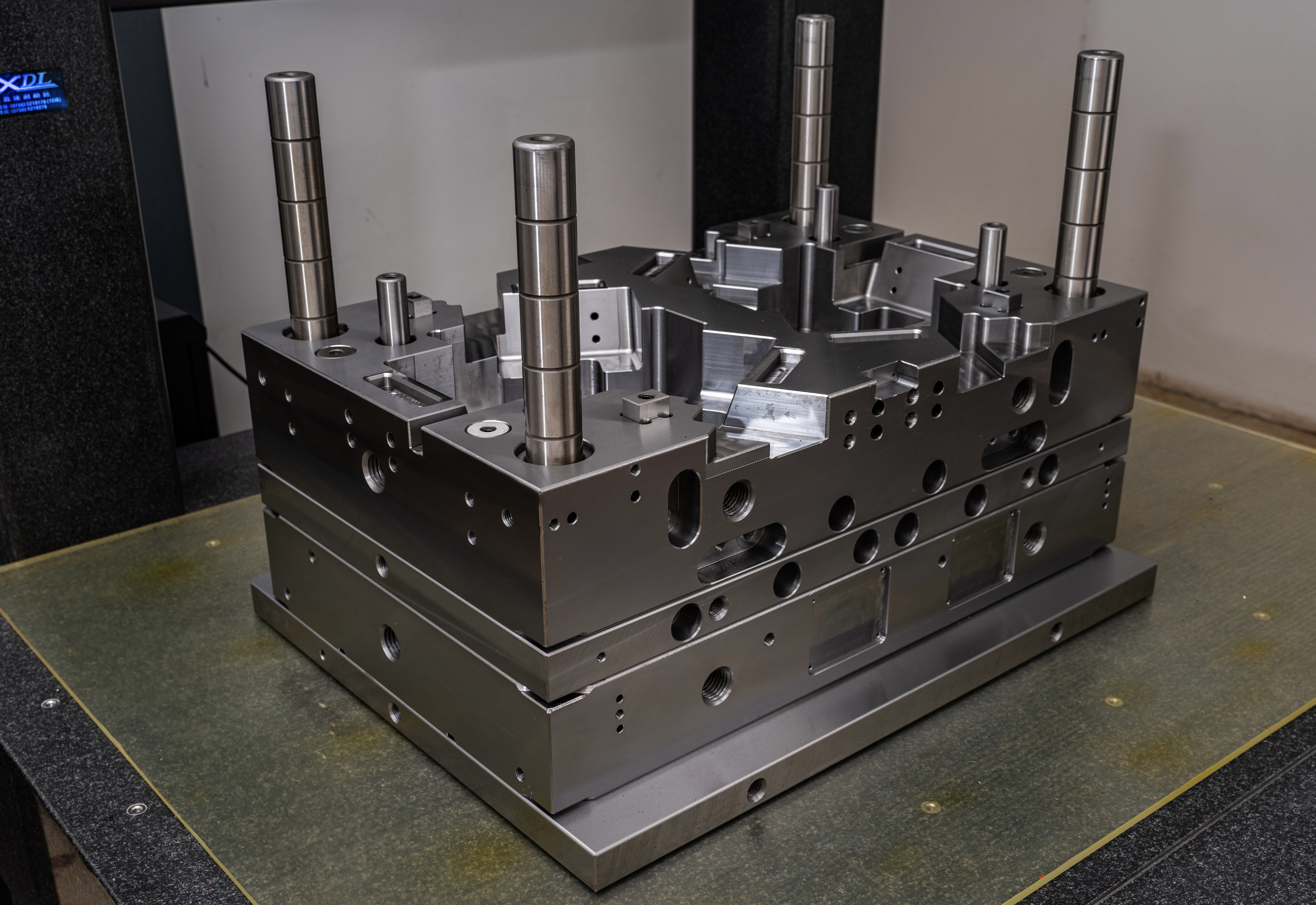How to Calculate the Quantity of Support or Framework Uprights in the Mold Base Industry
In the mold base industry, it is crucial to calculate the quantity of support or framework uprights accurately to ensure the stability and structural integrity of the mold. These uprights play a vital role in providing support to the mold plates and preventing any deflection or distortion during the molding process. Here, we will discuss the systematic approach to calculate the quantity of support or framework uprights for a mold base.
Step 1: Determine the Load Capacity
The first step in calculating the quantity of support or framework uprights is to determine the load capacity of the mold base. This can be done by considering factors such as the weight of the mold plates, the material being molded, and any additional forces that may be exerted during the molding process.
For example, if the mold plates weigh 500 kilograms and the material being molded exerts a force of 1000 kilograms, the total load capacity required would be 1500 kilograms. It is important to factor in a safety margin to ensure the stability of the mold, so a load capacity of 2000 kilograms may be chosen.
Step 2: Calculate the Required Upright Spacing
Once the load capacity is determined, the next step is to calculate the required upright spacing. This is done by considering the maximum allowable deflection or sag and the material properties of the uprights.
For example, if the maximum allowable deflection is 1 millimeter and the material properties of the uprights indicate that they can withstand a deflection of 0.1 millimeter per unit length, then the required upright spacing would be the load capacity divided by the allowable deflection.
Step 3: Determine the Upright Sectional Properties
After calculating the required upright spacing, the next step is to determine the sectional properties of the uprights. This includes factors such as the cross-sectional area, moment of inertia, and modulus of elasticity.
These properties can be obtained from the supplier's catalog or by consulting with the manufacturer. It is important to select uprights with sufficient sectional properties to withstand the calculated load capacity and deflection.
Step 4: Calculate the Number of Uprights
Once the sectional properties of the uprights are known, the final step is to calculate the number of uprights required for the mold base. This can be done by dividing the total required upright spacing by the pitch or spacing between each upright.
For example, if the required upright spacing is 100 millimeters and the pitch is 50 millimeters, then the number of uprights required would be the total required spacing divided by the pitch (100 mm / 50 mm = 2 uprights).
Conclusion
Calculating the quantity of support or framework uprights in the mold base industry is a crucial task to ensure the stability and structural integrity of the mold. By following a systematic approach, which involves determining the load capacity, calculating the required upright spacing, determining the upright sectional properties, and calculating the number of uprights, one can accurately determine the quantity of support or framework uprights required for a mold base.
By using this method, mold base manufacturers can ensure that their products are structurally sound and capable of withstanding the forces and pressures exerted during the molding process. This, in turn, contributes to the production of high-quality molds and ultimately improves the efficiency and performance of the entire mold base industry.




